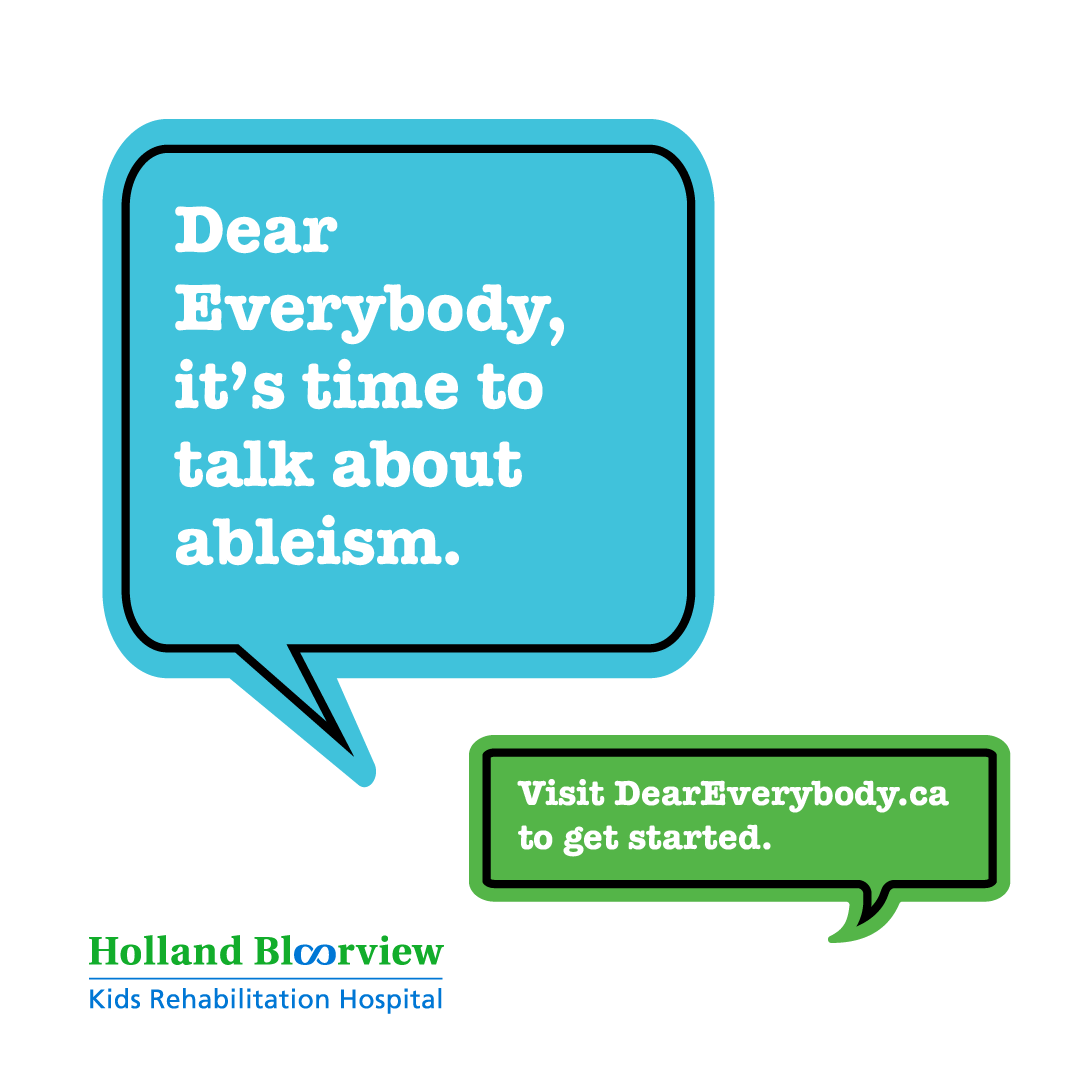For Journalists and Media Professionals
Ways you can create inclusive media coverage for kids, youth, and adults with disabilities
DOWNLOAD THIS PDFUnderstand
that kids, youth, and adults with disabilities lead fulfilling lives and that disability is not inherently tragic or inspirational. It is important to shape media coverage to reflect that.Seek
people with disabilities’ own voices, perspectives, and experiences in stories and news coverage. It is important the members of the disability community have the opportunity to shape public discourse about disability and other topics.Avoid
negative and ‘ableist’ language, like “confined to a wheelchair,” “wheelchair bound” or “suffers from a disability” that implies having a disability is bad. Instead consider “uses a wheelchair” or “has a disability.”Ask
the person who has a disability questions directly, rather than asking the person they are with.Respect
how each individual chooses to describe themselves and their disability. For example, some people use “autistic person,” while others use “person with autism.” The best way to understand how an individual wants to be described is to ask them.Consider
the person first, before their disability. Disability is just part of a person’s identity. Dive into their story. Learn who they are.Hire
people with disabilities in the newsroom and on-camera. The media is uniquely positioned to shape public perceptions and build awareness about disability issues and it is important the voices of people with disabilities help shape and tell those stories. Make your newsrooms inclusive and accessible.Familiarize
yourself with guidelines such as Media Smart’s Media Portrayals of Persons with Disabilities: Solutions and The Canadian Association of Broadcasters’ Equitable Portrayal Code.Media Smart’s Media Portrayals of Persons with Disabilities: Solutions
The Canadian Association of Broadcasters’ Equitable Portrayal Code.

